FDM vs. MJF
Two common 3D printing methods in comparison
Since its beginning in the early 1980s, additive manufacturing has become a significant and ever-growing industry. Today, there are several different types of 3D printing, some of which are very similar, while others are quite different.
One of the oldest and the most widely used processes is fusion layering, also called fused deposition modeling (FDM) or fused filament fabrication (FFF). In this technology, the strand-shaped starting material is melted and applied layer by layer to a print bed through a heated print nozzle until the final shape and height of the component are reached. The FDM process is mainly used for the production of design samples, functional components and early prototypes. In addition, the underlying technology, which is quite simple, is easily scalable in size, enabling the production of particularly large components.
In contrast, HP's Multi Jet Fusion (MJF) process is one of the newer 3D printing technologies. It is currently considered the fastest and most economical process for producing higher-quality prototypes, functional parts and small batches than is possible, for example, with melt layering. The technology is one of the powder bed-based processes, in which the starting material is in powder form. In the MJF process, this is applied in thin layers to a build platform, which are then fused by using two agents and thermal energy.
In this article, we will compare these two technologies and show the advantages and disadvantages of each.
1. Component quality
Components produced with the MJF process are nearly isotropic, i.e. they have balanced mechanical properties in all directions. FDM components, on the other hand, are more unstable in the z-direction, since the more distinctive layering process causes a weakness in this direction. Needle-shaped geometries in particular tend to break as a result.
The low layer thickness of 80 µm in the MJF process and the fact that no support structures are required during printing, as the components are supported by the surrounding powder, ensure that this technology can be used to produce complex structures and generally offers greater design freedom than the FDM process.
The agents used also allow the MJF process to produce very uniform surfaces with a high level of detail. In the case of fusion layering, on the other hand, the printing layers (usually 0.1-0.3mm), or process paths of the printing nozzle, are clearly visible on the components. In addition, support structures often have to be removed after printing, which has a negative effect on the surface quality. However, it can often be significantly improved with a few simple post-processes.
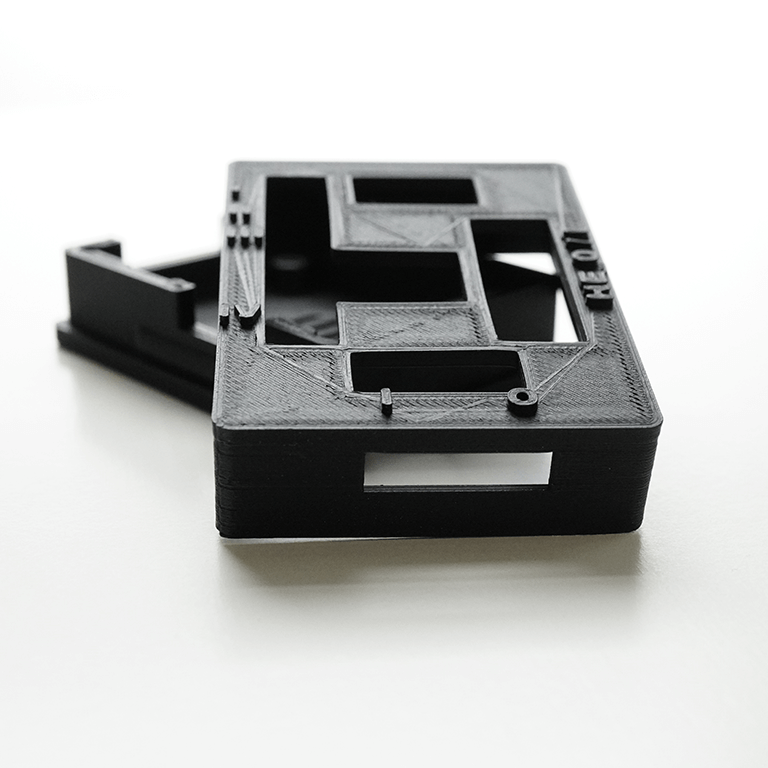
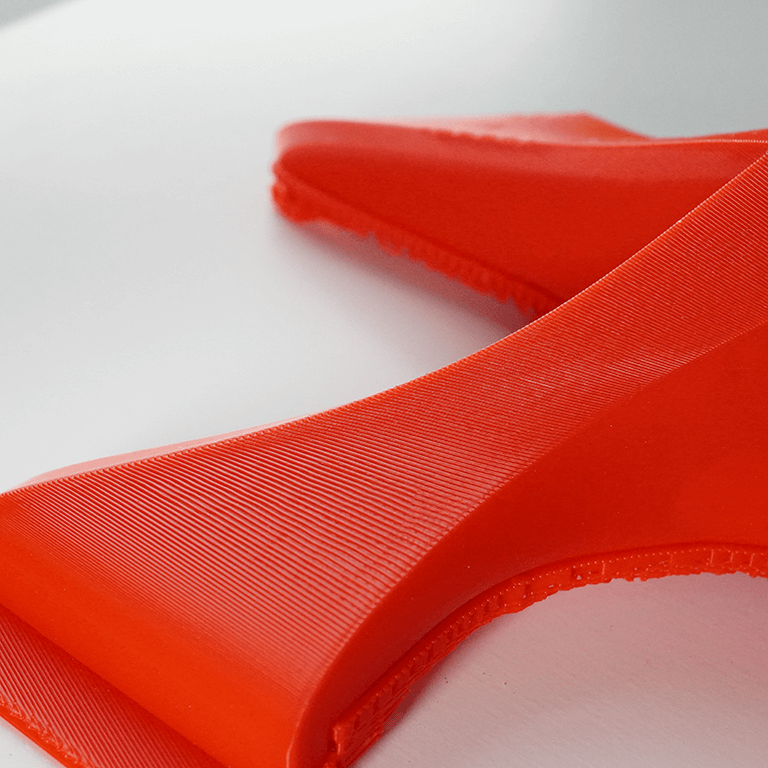
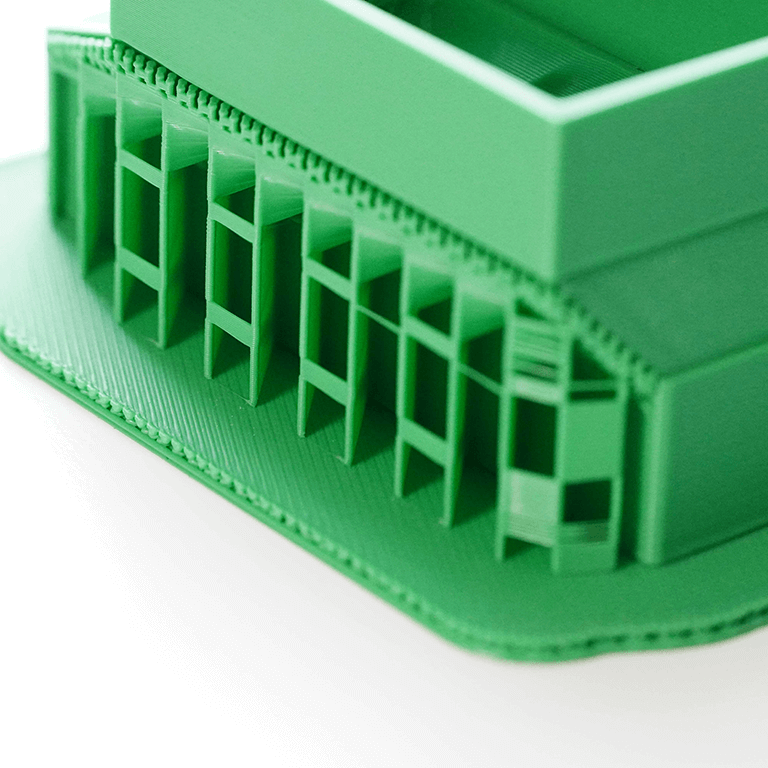
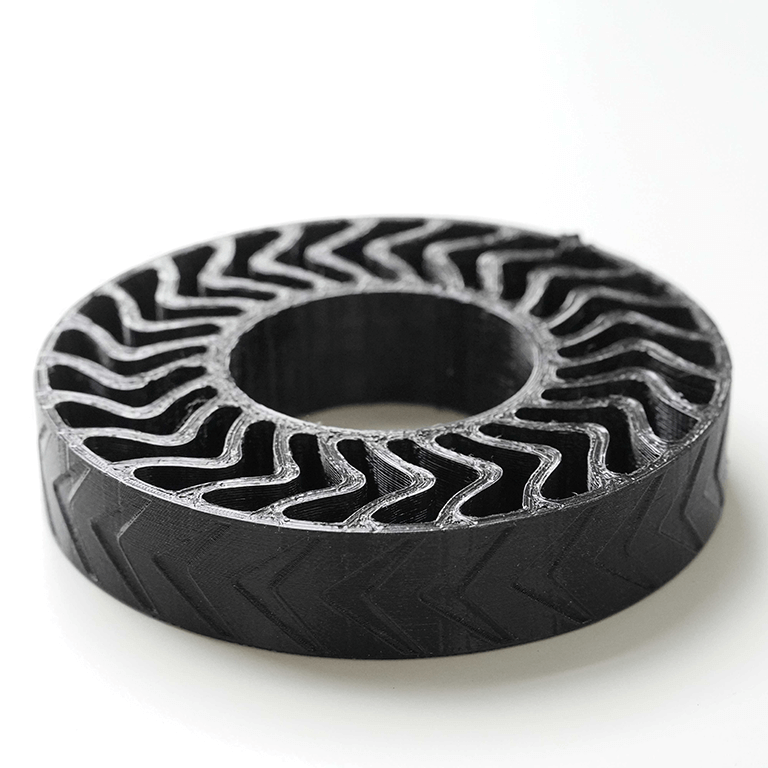
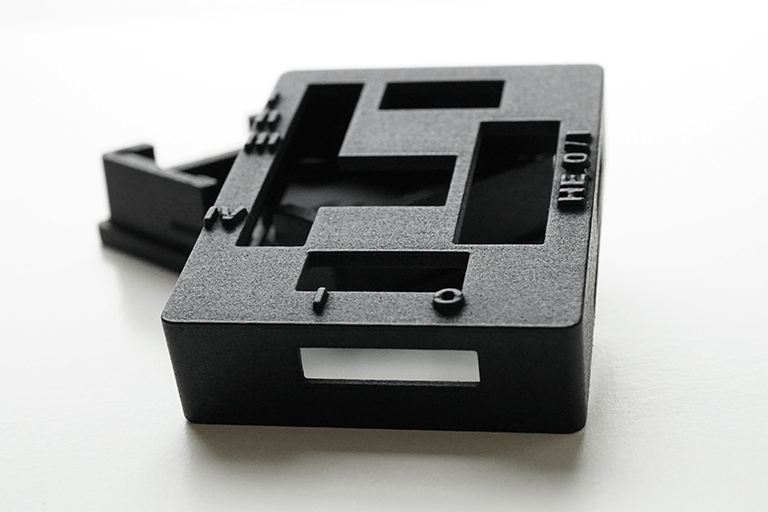
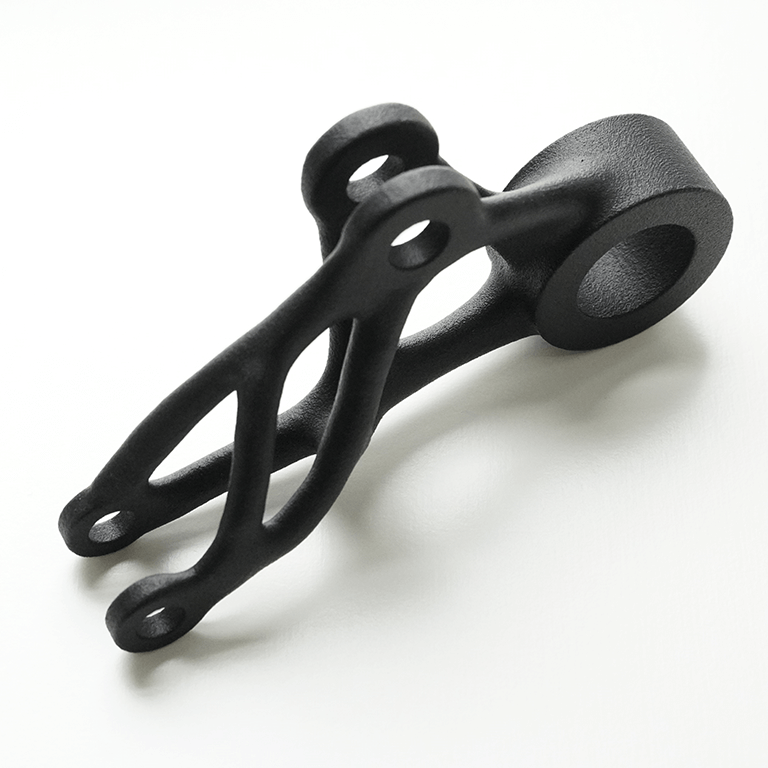
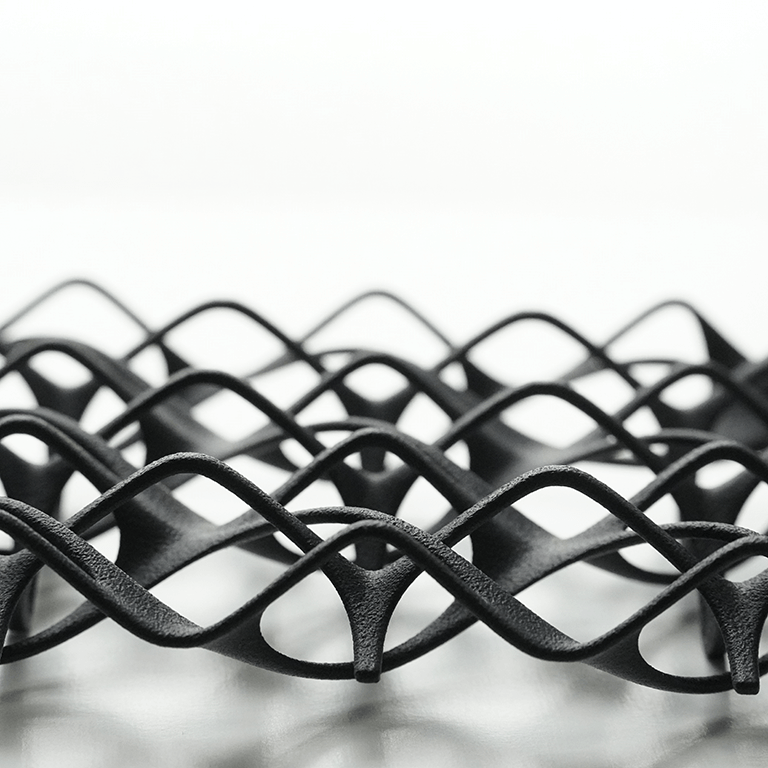
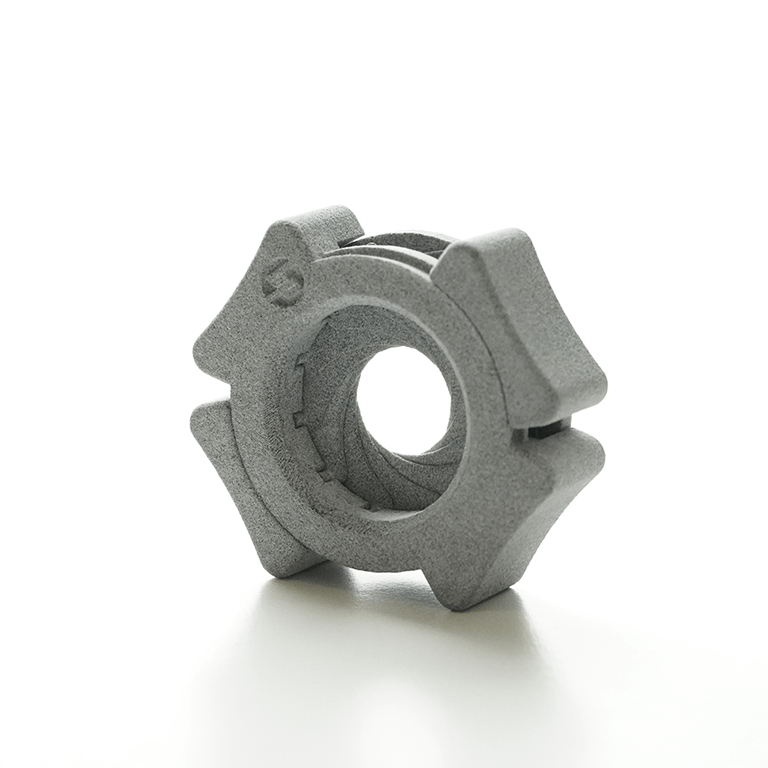
2. Costs
Regardless of the technology, various factors are always important for pricing 3D printed components. This includes, among other things, the use of materials, machine costs or manual activities that occur before and after printing.
A central role in this is played by the cost of the base material. Thereby, this factor weighs more with the MJF process than with melt layering. In powder bed based processes, leftover loose powder from previous construction jobs can generally be reused. However, fresh powder must be added to this already heat-exposed material to ensure consistent quality. Due to the high process speed of the MJF process, the material costs here also account for a higher percentage compared to the machine costs.
The situation is different with the FDM process, where the machine costs are usually higher than the material costs due to the low process speed. As a result, smaller part geometries may be more favorable in the higher-quality MJF process than in the FDM process. For large and voluminous components, however, the FDM process is currently the most cost-effective 3D printing technology. In particular, for such is worked with a filling, which is usually 15-50%, which requires less time and material for printing.
Basically, with any 3D printing technology, manual activities are necessary before and after the actual printing, which also affect the component price. In both the FDM and MJF processes, for example, the 3D data must be checked for printability and digitally prepared for the print jobs before printing. In the MJF process, the components also have to be depowdered after printing and, if necessary, surface treated or colored, while in the FDM process, depending on the component geometry, support structures have to be removed.
Example:
We will illustrate these points with an example component. The component you see here was produced once with the FDM process and the material ABS (left) and once with the MJF process from PA12 (right).
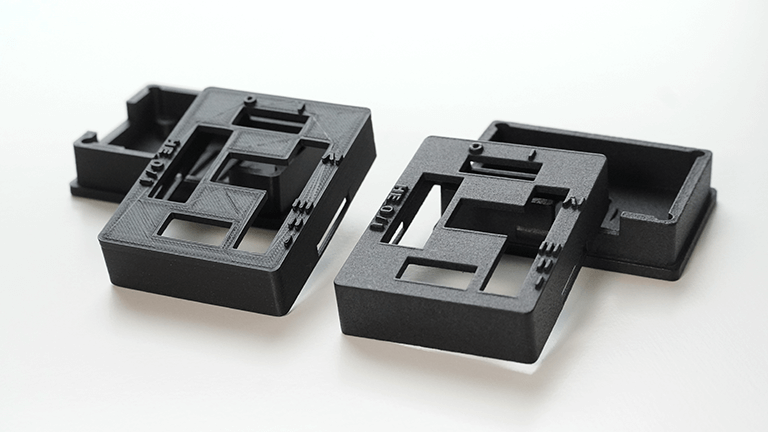
In the table below you can see the cost breakdown for both technologies, each for a single part and a series of 100 pieces:
| 1x | FDM ABS | HP MJF PA12 | HP with postprocess |
|---|---|---|---|
| Lid | 7,88€ | 4,75€ | 5,70€ |
| Bottom | 8,87€ | 10,46€ | 12,55€ |
| Total | 16,75€ | 15,21€ | 18,25€ |
| 100x | FDM ABS | HP MJF PA12 | HP with postprocess |
|---|---|---|---|
| Lid | 339,00€ | 315,00€ | 363,00€ |
| Bottom | 416,00€ | 696,00€ | 800,00€ |
| Total | 755,00€ | 1.011,00€ | 1.163,00€ |
| Per part | 7,55€ | 10,11€ | 11,63€ |
From this example, it can be seen that the cost of the finer lid of the component is lower in the MJF process than in the FDM process. The more voluminous base, on the other hand, can be produced more cheaply with fusion layering than with the MJF process.
In the MJF process, there is the possibility of subjecting the components to a finishing process after printing, which results in very high quality surfaces. These include, for example, smoothing the surfaces or coloring (listed in this example under "with postprocess"). However, this postprocess also increases the price of the components.
It can also be seen from the table that with the FDM process, component costs fall more sharply for large volumes. The reason for this is that certain activities related to 3D printing are only necessary once per job, or are negligible for each additional component. In this example, it is in particular the digital preparation of the print job as well as the preparation of the 3D printer incl. material change.
3. Materials
A very extensive selection of materials is available for the FDM process, making it possible to choose between flexible, heat-resistant, chemically resistant, UV-stable or mechanically strong plastics, depending on the application. For the MJF process, on the other hand, there are currently only seven different materials.
The MJF process is also more restricted in terms of color selection. While FDM filaments are available in almost all colors and components can thus be printed directly in the desired color, MJF printed parts are initially always gray and can only be given a different color through post-treatment processes such as dyeing or painting. Whereby the dark base color of the material strongly restricts a light color selection.
Visit our materials page if you want to learn more about 3D printing materials in general.
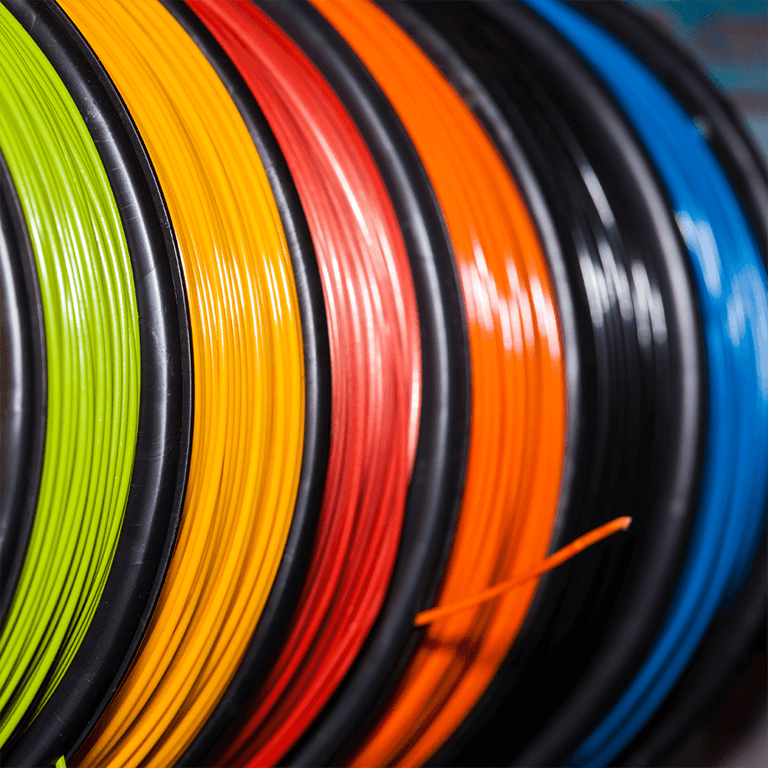
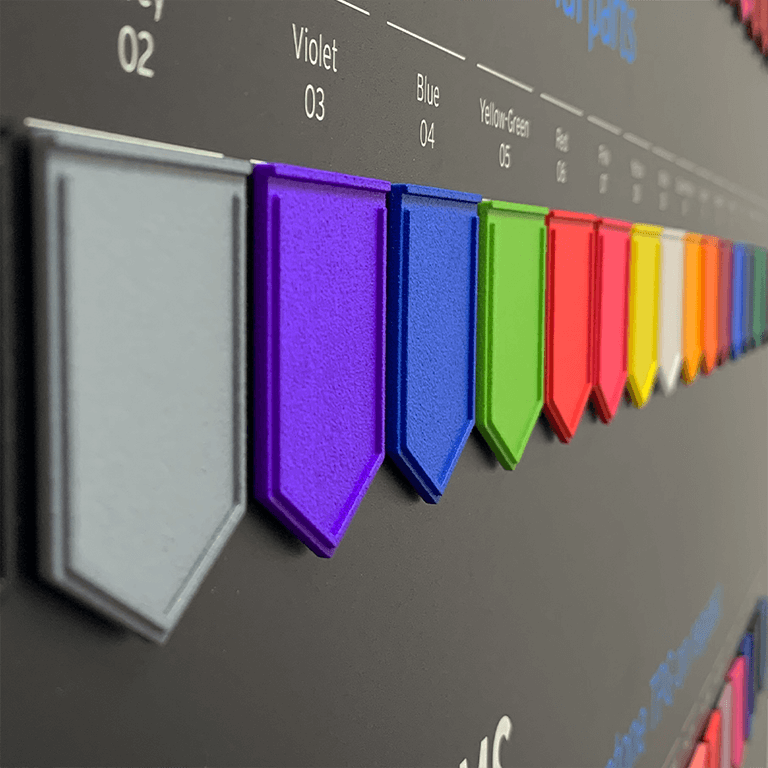
4. Sustainability
Since the MJF process does not require support structures during printing, this technology uses almost exclusively the amount of material needed for the part itself, producing relatively little waste. The MJF process is also characterized by the ability to reuse up to 80% of the excess material after printing, more than any other powder bed-based 3D printing technology.
In the FDM process, the amount of material that is consumed in addition to the part depends heavily on the part geometry and the support structures that may be required for it. Although waste from the FDM process can also be recycled by shredding, melting and extruding it into new filament, this is significantly more costly than with the MJF process. Moreover, this process is only economically worthwhile for large quantities of waste of the same material.
Conclusion
Like any manufacturing method in the industry, the 3D printing processes presented here have their respective advantages and disadvantages. Please note that we do not want to emphasize one of the two processes over another at this point, but would like to give you an informative overview of both technologies. Which process is best suited for your parts should always be determined on a case-by-case basis. Contact us if you need assistance with this. We will be happy to advise you!